Why Indigenous Peoples' Day Replaced Columbus Day
What Indigenous Peoples' Day is—and why it's important.
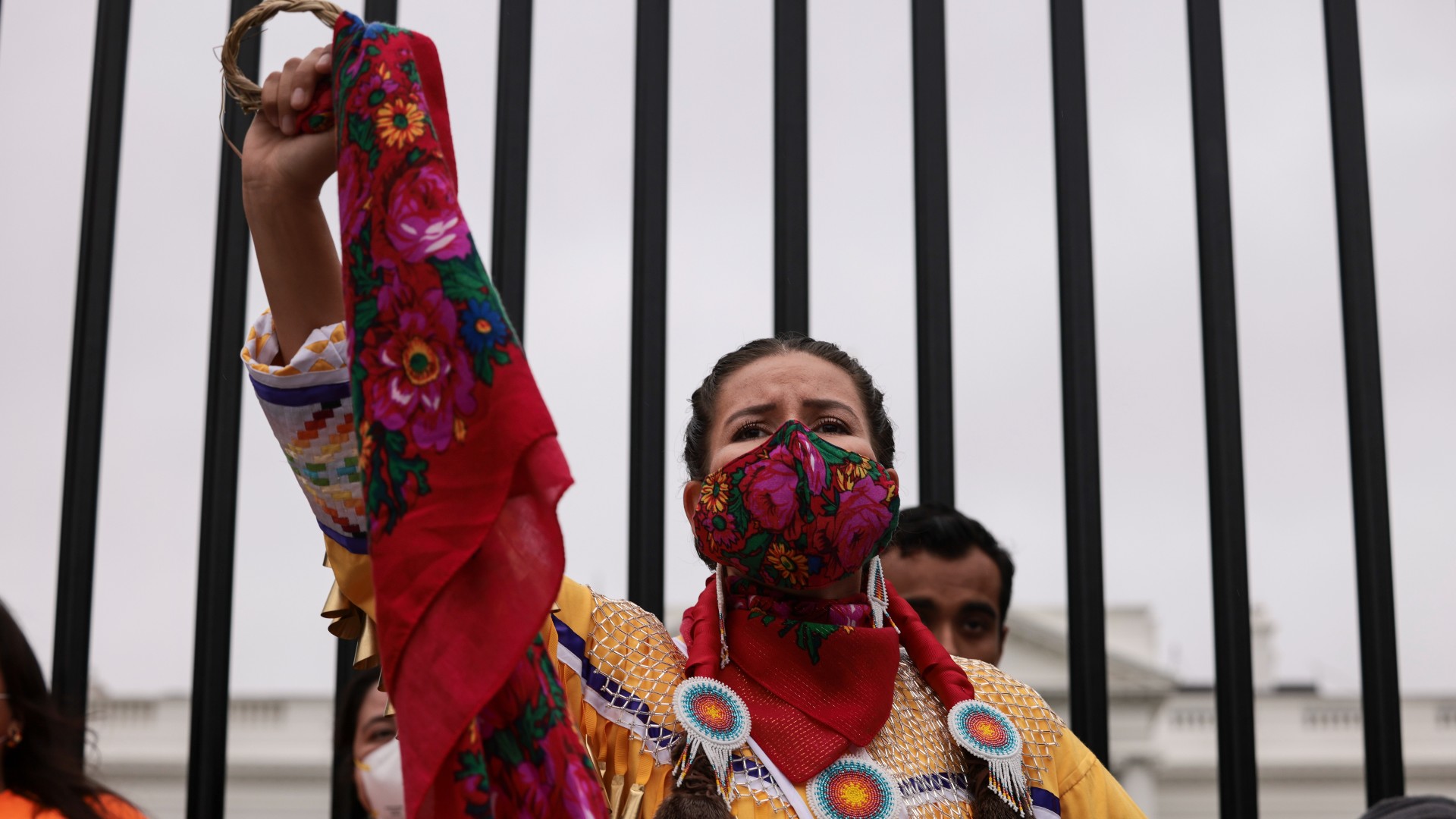
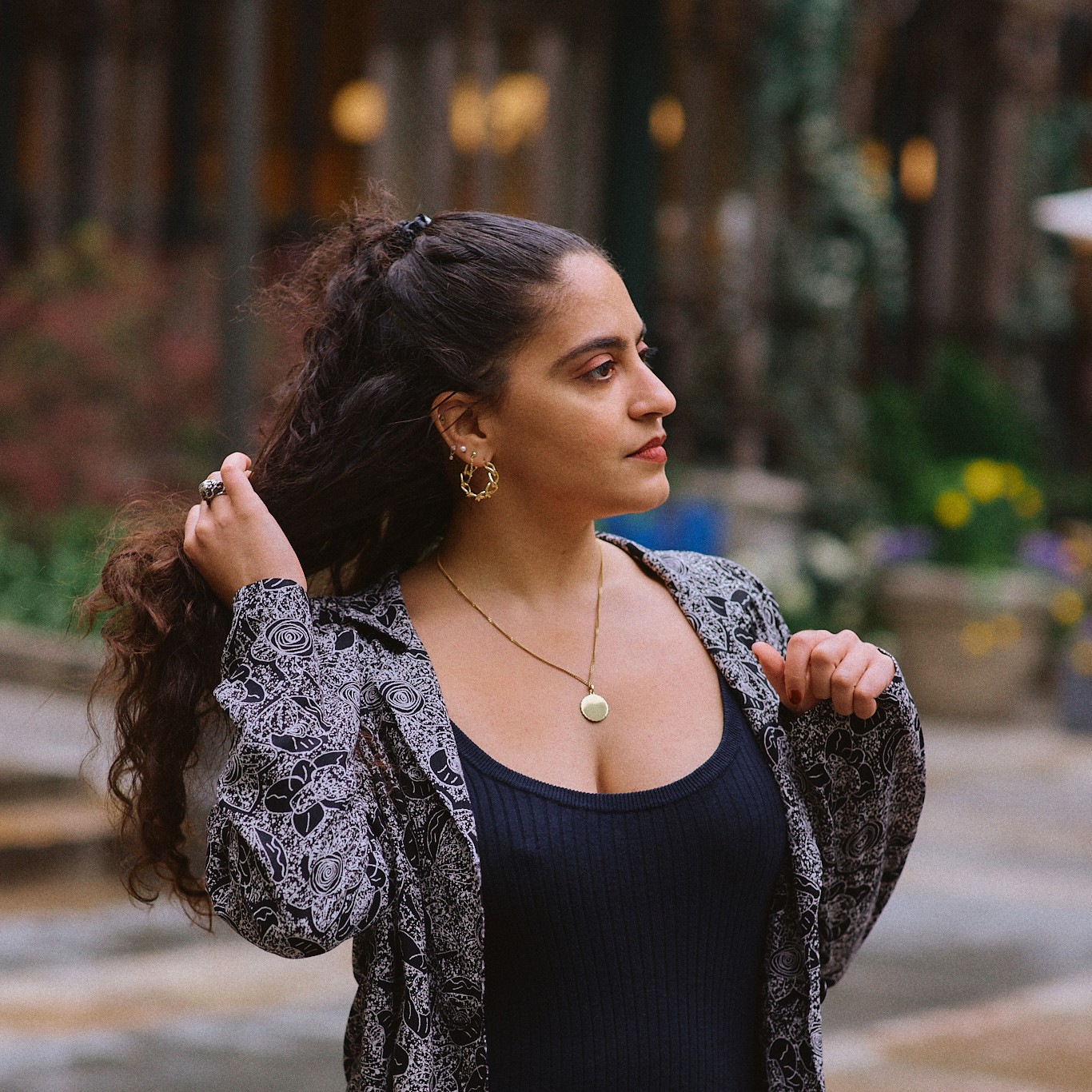
In a long-awaited move, President Joe Biden formally recognized Indigenous Peoples Day in 2021. This holiday celebrates the cultures and contributions of indigenous people in the United States, taking place on the second Monday of every October. This means that it shares a date with Columbus Day, which was declared a federal holiday in 1934 and has recently fallen out of popularity. In fact, many cities and states including Boston, Washington, D.C., Maine, Michigan, Louisiana, Alaska, Hawaii, Iowa, and more, no longer recognize Columbus Day and observe Indigenous Peoples Day instead.
But why is there such a controversy around Columbus Day? What is the historical background and context for this day, and why do people get so upset about it?
Below, we've unpacked why Columbus Day is so painful for many people of color, why Indigenous Peoples Day is of such importance for Native people across the Americas, and how you can celebrate this day and support Native people on Indigenous Peoples Day and every day.
The Problem with Columbus Day
Trigger warning: Graphic descriptions of sexual assault and murder. First, it's important to recognize how problematic Christopher Columbus was. According to his diary, one of his first thoughts about the Taíno Indians he encountered was that they would make good slaves. Furthermore, Columbus made himself governor of the Caribbean islands he claimed for Spain and forced Taínos to dig for gold (a futile effort, considering the unavailability of this resource in the Caribbean) and perform other forced hard labor. When Taínos inevitably did not meet the quotas forced upon them, they were killed, tortured, maimed, raped, and starved. This codified economic order was called the Encomienda System.
In addition to raping women himself, Columbus also "gifted" unwilling Native women to his men to rape. According to first-person accounts from the period, these women were whipped and tortured into submission when they attempted to fight off these sexual assaults.
When many Taínos began to rebel, they were brutally suppressed through murder and torture. For years, through the Encomienda system, rapid spread of European-born diseases, and habitual mass torture and murder, the Taíno people were nearly exterminated, leading the Spanish to begin using kidnapped Africans as slaves.
Many modern defenders of Columbus chalk up the behavior of him and his men as typical of those times, but this is far from true. While conquest often involves rape, murder, and torture, the treatment of the Taíno Indians and African people was just as horrid then as it was now. In fact, the most famous first-person account of the treatment of the Taínos, Bartolomé de las Casas, called the treatment of Indigenous peoples by Columbus, his men, and his successors "unspeakable torment," "most cruel havocs and slaughters," and wrote of "divers kinds of torments neither seen nor heard of before, they have so cruelly and inhumanely butchered, that of three millions of people which Hispaniola it self did contain." De las Casas' accounts was published in 1522 to widespread horror, proving that genocide during the 15th and 16th centuries was just as disturbing then as it is now.
Stay In The Know
Get exclusive access to fashion and beauty trends, hot-off-the-press celebrity news, and more.
The second issue with celebrating Christopher Columbus in the United States is that it's based on the alarmingly common misconception that he "discovered America." First and foremost, it's important to understand that one cannot discover a place that is already occupied by millions of people. In addition, Columbus wasn't even the first European to arrive in the Americas, and was preceded by the Vikings, Polynesians, and, according to many scholars, Chinese and African explorers as well.
During his voyages across the Atlantic, Columbus landed in what is now Puerto Rico, the Bahamas, the Dominican Republic, and South America. Still, many Americans are erroneously led to believe that he landed in what is now the mainland United States and formed a settlement there, though neither of these assumptions are true. Furthermore, perpetuating this assumption and using language like "discovered America" only alienates and excludes Native and Latinx people (many of whom, like myself, are descendants of the Indigenous peoples Columbus encountered) from a narrative in which they should be centered.
Celebrating Indigenous Peoples Day
Celebrating Indigenous Peoples Day ensures that we celebrate Native people in this country rather than celebrating someone who only ushered in slavery, genocide, and rape. This pivot to a more positive conversation starts with getting the story straight about Columbus, taking the time to listen to Native narratives, and learning about Indigenous cultures.
You can start by using this handy tool to learn about the Indigenous people whose land you live on. From there, you can learn more about that group, their culture, and how their language and heritage still impacts you today. For instance, the name Manhattan comes from the Munsee (a language spoken by the Native people who have come to be known as the Delawares) word "manaháhtaan." Furthermore, if you or a loved one plays lacrosse, you can thank the Algonquians, and if you enjoy barbecue, you can thank the Taíno and Arawak tribes of the Caribbean.
There are also other fun ways to support Native peoples on Indigenous Peoples Day. Dive into a book by a Native author: My favorites include Tommy Orange's There, There, Morgan Talty's Night of the Living Rez, and Elissa Washuta's White Magic. You can also brush up on your history with the classic A People's History of the United States, as well as The Heartbeat of Wounded Knee by David Treuer, James Daschuk's heartbreaking Clearing the Plains, and Ian Frazier's eye-opening account of modern life on a reservation, On the Rez.
If movies are more your thing, check out Atanarjuat, a modern retelling of an Inuit legend, along with action-adventure film Night Raiders, romantic personal drama Waikiki, and Te Ata, which features rising Indigenous star Q’orianka Kilcher (known for her roles in The Alienist and Yellowstone). You can also enjoy Native music by indulging in contemporary Indigenous artists, like the Tihorappers Crew, which raps in their native Maya language and blues/folk-rock duo Digging Roots.
Finally, consider shopping from an Indigenous-owned business. We've compiled a few in our round-ups of BIPOC-owned beauty brands and BIPOC-owned fashion brands, but there are countless more. Scroll on for some of our favorites.
A post shared by Birch Bark Coffee Company Inc. (@birchbarkcoffee)
A photo posted by on
A post shared by ⚡️𝕊𝕥𝕖𝕡𝕙 𝕃𝕚𝕥𝕥𝕝𝕖𝕓𝕚𝕣𝕕 🔷 (@artnerdforever)
A photo posted by on
A post shared by MAHOTA Textiles (@mahotatextiles)
A photo posted by on
A post shared by ShiYoo Designs (@shiyoodesigns)
A photo posted by on
A post shared by Blended Girl Cosmetics (@blendedgirl.cosmetics)
A photo posted by on

Gabrielle Ulubay is a Beauty Writer at Marie Claire. She has also written about sexual wellness, politics, culture, and fashion at Marie Claire and at publications including The New York Times, HuffPost Personal, Bustle, Alma, Muskrat Magazine, O'Bheal, and elsewhere. Her personal essay in The New York Times' Modern Love column kickstarted her professional writing career in 2018, and that piece has since been printed in the 2019 revised edition of the Modern Love book. Having studied history, international relations, and film, she has made films on politics and gender equity in addition to writing about cinema for Film Ireland, University College Cork, and on her personal blog, gabrielleulubay.medium.com. Before working with Marie Claire, Gabrielle worked in local government, higher education, and sales, and has resided in four countries and counting. She has worked extensively in the e-commerce and sales spaces since 2020, and spent two years at Drizly, where she developed an expertise in finding the best, highest quality goods and experiences money can buy.
Deeply political, she believes that skincare, haircare, and sexual wellness are central tenets to one's overall health and fights for them to be taken seriously, especially for people of color. She also loves studying makeup as a means of artistic expression, drawing on her experience as an artist in her analysis of beauty trends. She's based in New York City, where she can be found watching movies or running her art business when she isn't writing. Find her on Twitter at @GabrielleUlubay or on Instagram at @gabrielle.ulubay, or follow her art at @suburban.graffiti.art
-
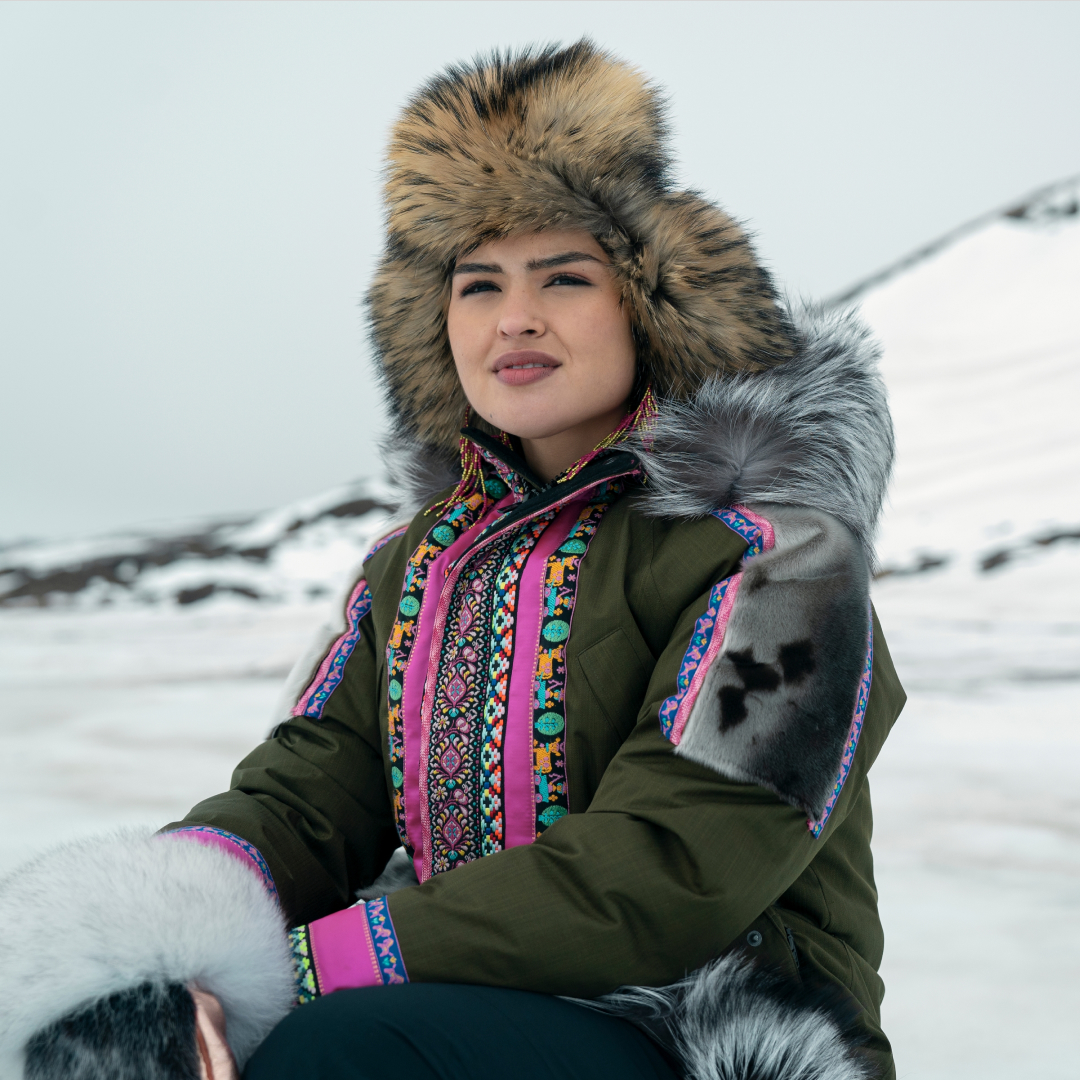 Netflix's 'North of North' Transports Viewers to the Arctic Circle—Meet the Cast of Inuit Indigenous Actors
Netflix's 'North of North' Transports Viewers to the Arctic Circle—Meet the Cast of Inuit Indigenous ActorsThe new comedy follows a modern Inuk woman determined to transform her life.
By Quinci LeGardye
-
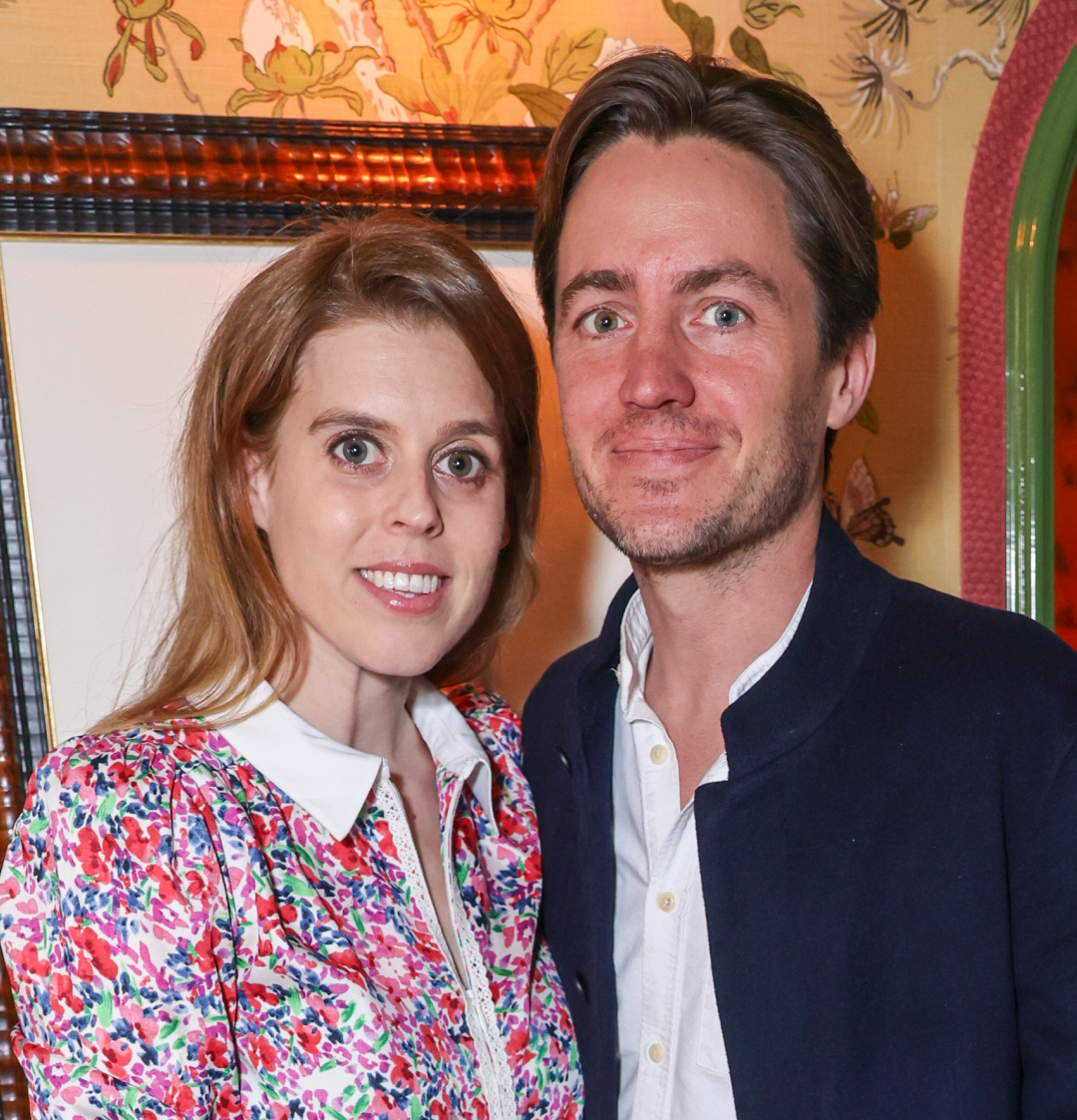 Princess Beatrice's Husband Pays a Rare Tribute to These Royal Family Members on Instagram
Princess Beatrice's Husband Pays a Rare Tribute to These Royal Family Members on InstagramEdoardo Mapelli Mozzi shared some behind-the-scenes snaps from the F1 Grand Prix in Bahrain.
By Kristin Contino
-
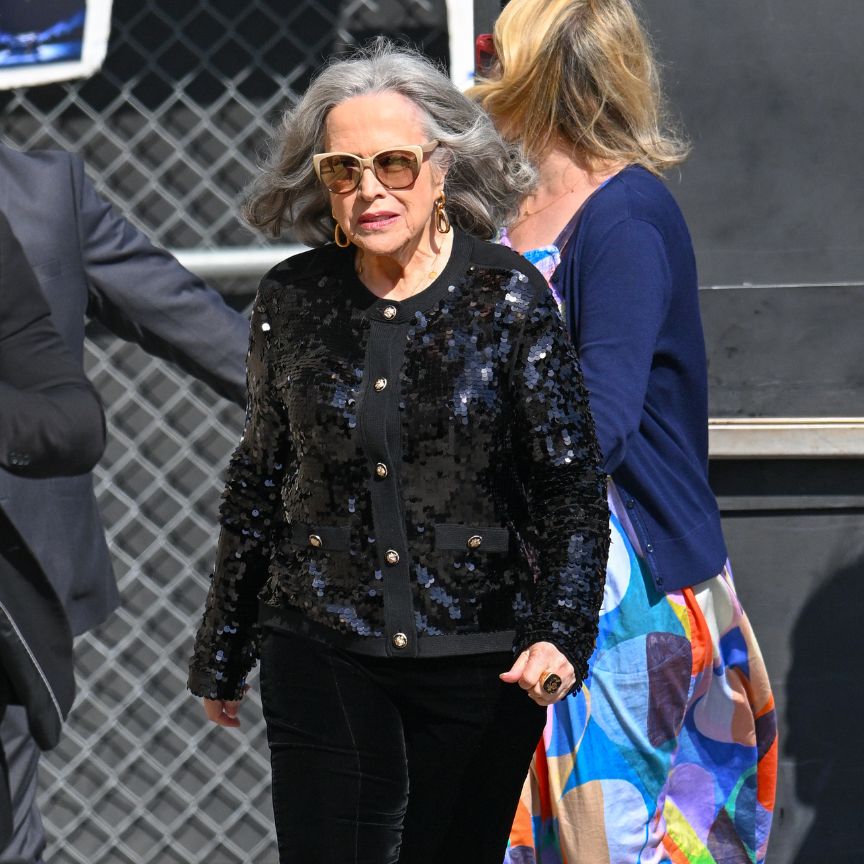 Allow Kathy Bates to Convince You to Grow Out Your Grays
Allow Kathy Bates to Convince You to Grow Out Your GraysOne look at her new style and you'll be canceling your root touch-up pronto.
By Ariel Baker